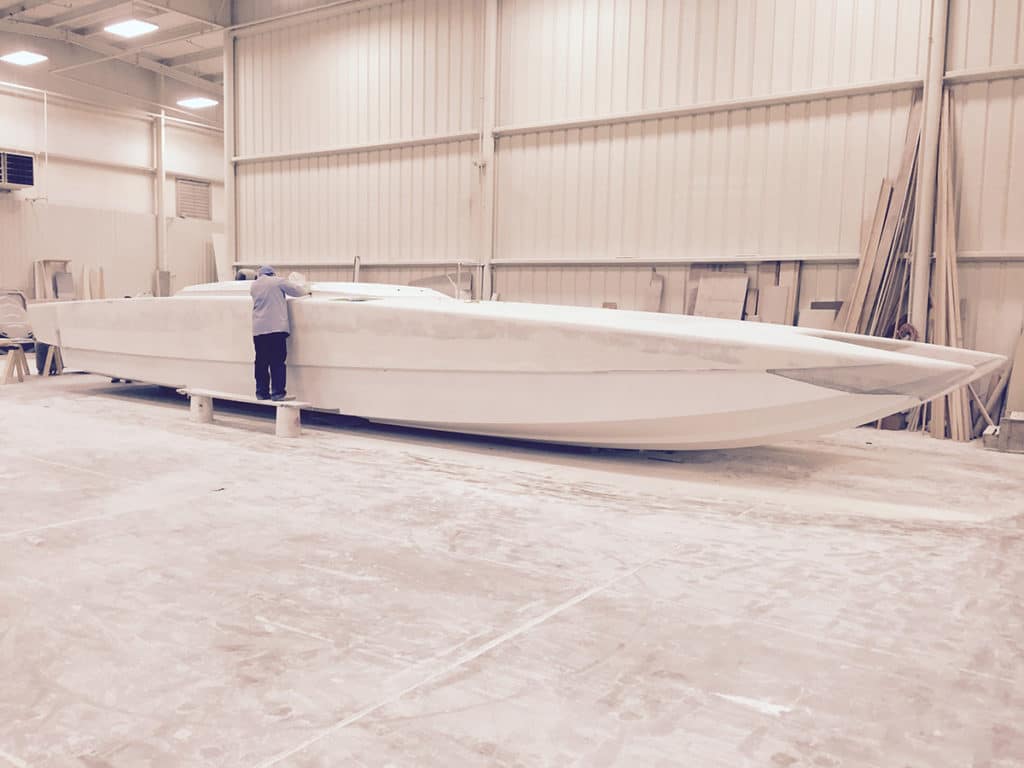
When most performance-boat enthusiasts hear that a new Skater catamaran or V-bottom is being built by Douglas Marine, the first question they ask is “how fast will it run?”
It’s an expected question. Skaters are some of the fastest boats in the world. But in the case of a new one being built for a different purpose, the question is “how far will it run?”
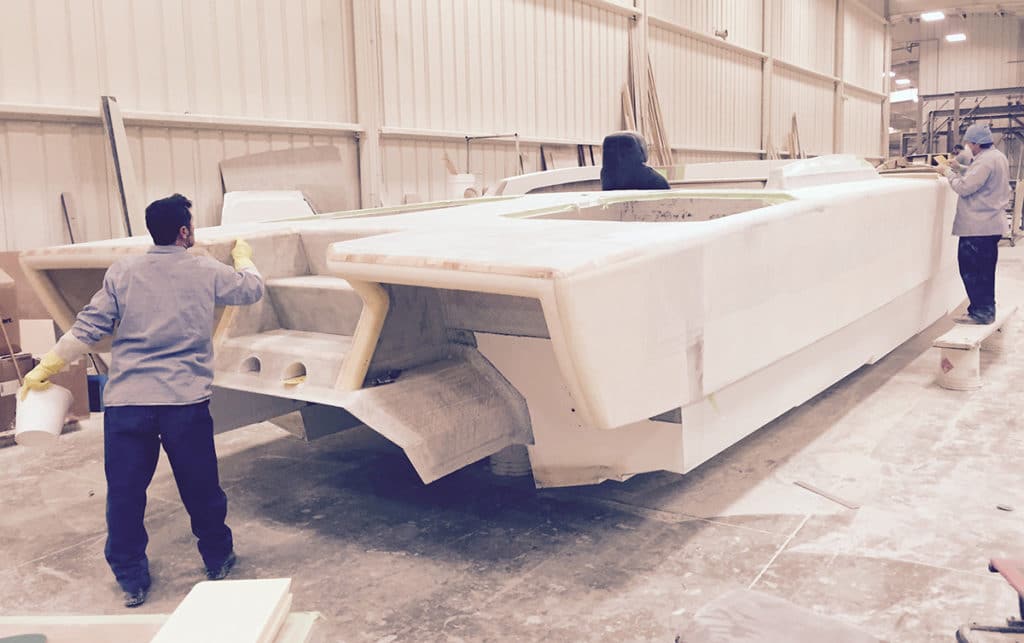
Tyson Garvin and Chris Fertig, who set the record for Boating‘s Bermuda Challenge in a Skater 399 V-bottom, are building a Skater 50-foot catamaran so they can chase more endurance records, including, they hope, a circumnavigation record.
“The reason we’re building this boat is to make long-distance runs,” Garvin deadpans. “There’s nothing out there that goes very fast at all that can go a long distance.” Let’s take a closer look at this design.
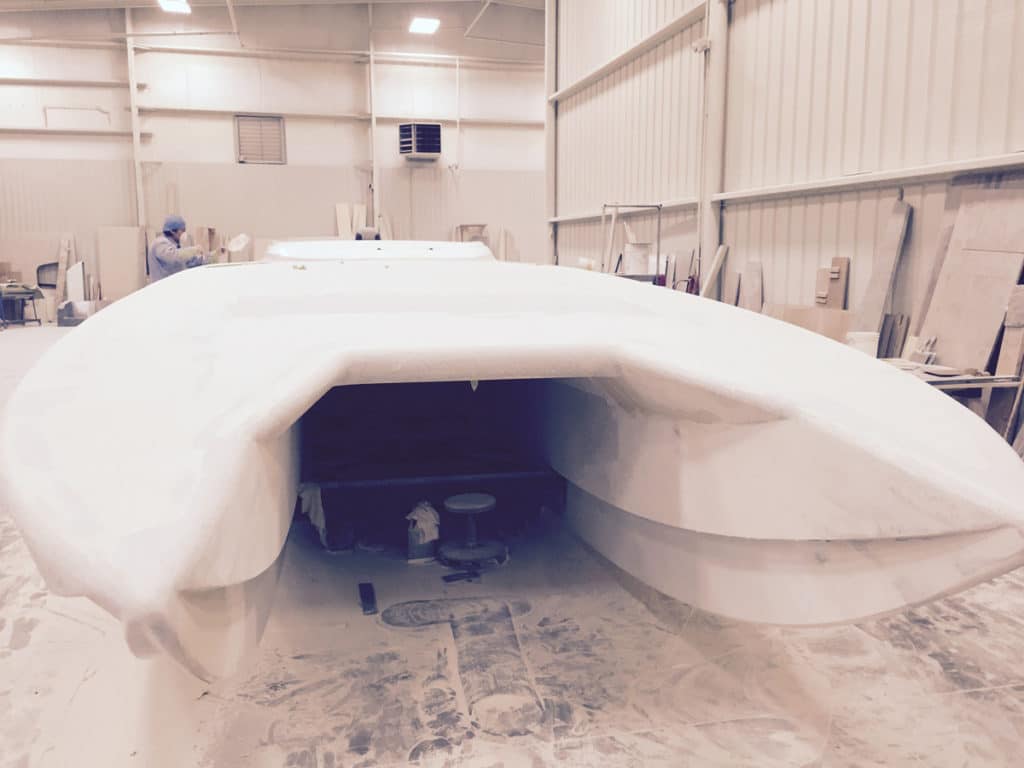
Some people might wonder why Garvin and Fertig would choose a catamaran instead of a V-bottom for setting endurance records. John Cosker, president of Mystic Powerboats, which builds some of the fastest and most successful offshore catamarans in the world, gives us five high points for cats when it comes to trying to set endurance records. Cosker says that a catamaran would be ideal for inshore records such as Tampa, Florida, to Miami; around Long Island; Chicago to Detroit; or even Miami to New York. Why? •Higher speeds with the same power, which results in better efficiency
•Better seakeeping up to about 6- to 8-foot seas (In taller seas, I don’t care what design you’re in — hang on.)
•More stability to run consistently at higher speeds
•Long-distance cruising speed of 150 mph attainable with the right power plants
•Safer in the cockpit running at high speeds with the high windshield and deck lines Boating Magazine
The Boat
This purpose-built 50-footer is beefed up from construction to a serious JL Audio stereo system because, as Garvin puts it, “Music is a nice distraction. We might run this thing for a month straight.”
Douglas Marine President Peter Hledin says the hull is brand-new. For starters, the boat’s deck is 6 to 8 inches taller than a standard model’s, and the windshield adds another 6 inches for an overall height that’s a foot taller. Garvin and Fertig will ride in Shockwave SWP-1035 suspension seats that have 8-inch total travel, so they will still have unobstructed sight lines. The seat is designed for military use, and Garvin and Fertig have the first generation.
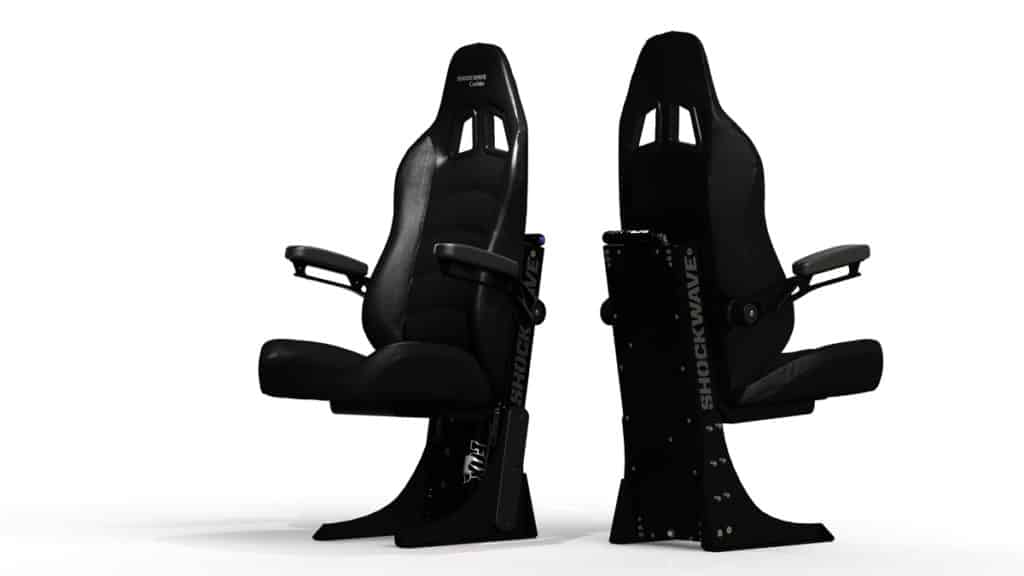
Most of the design tweaks made to the boat are to improve rough-water durability and handling. The bow of each sponson is taller than on a standard Skater so the boat won’t stuff into waves as easily. “We told Pete we wanted it to be taller to handle bigger waves,” Garvin says. They also told him to build it strong with additional bracing throughout the boat. Garvin estimated that there’s an extra 1,000 pounds of fiberglass and carbon fiber in the boat. “That’s why we went with Pete,” Garvin says. “He’s built boats for so long that he knows what works.” As with any Skater, the boat’s laminate is vacuum-bagged with epoxy resin and BALTEK balsa coring. This process evenly distributes the resin through the laminate, preventing puddling and ensuring the best bond between materials.
In case the boat does stuff a wave, the deck hatches are positioned farther aft, where they are less likely to be submerged. To rid the cockpit of unwanted water quickly, they’ll install 4-inch-diameter drains like you’d find in a sport-fishing boat. Finally, if the boat hits flotsam that compromises the structure, inflatable bladders will deploy to keep the boat afloat.
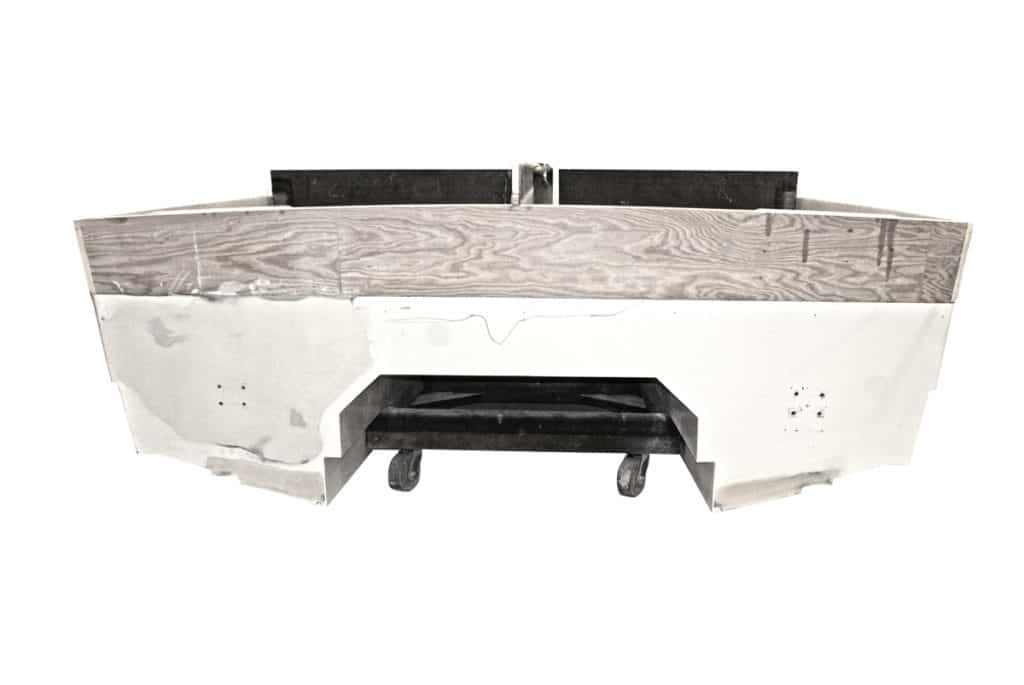
Skaters run as fast as they do because they are efficient. Garvin and Fertig hope to leverage that efficiency to carry all the weight that’s going to come with the boat’s expansive fuel capacity and all the safety gear the team will have on board. The tunnel between the sponsons is wider and the sides are steeper, all in the name of packing more air into the tunnel. “At 120 or 130, we’re not going to blow over backward,” Garvin says.
The boat’s fuel capacity is 1,400 gallons in two 500-gallon main tanks and a pair of 200-gallon tanks forward. The boat will not have trim tabs. Instead, Garvin, who throttles for the team while Fertig drives, will transfer fuel fore and aft to affect trim.
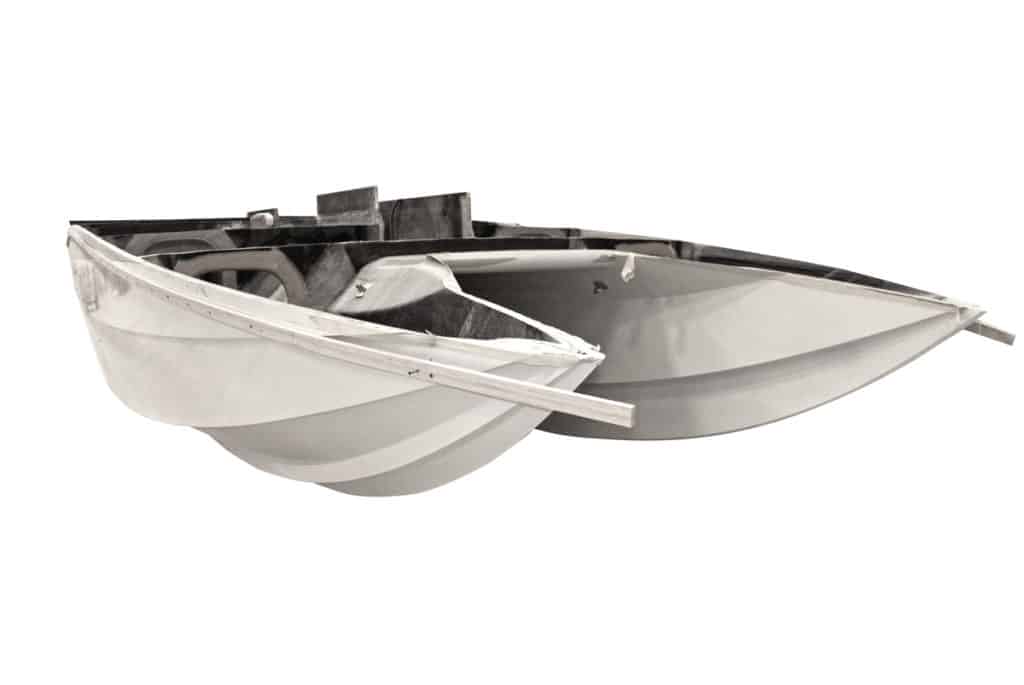
The Engines
Garvin and Fertig’s goal is to run 100 mph while achieving a burn rate of 2 mpg. Power is going to come from a pair of marinized GMC Duramax diesels punched out from their original 6.6-liter displacement to about 7.0 or 7.1, says engine builder Jeremy Wagler, owner of Wagler Competition (waglercompetition.com) in Odon, Indiana, which is best known for its high-output diesel engines that power mud-racing trucks and pulling trucks. The engines will produce about 1,200 hp and 2,000 foot-pounds of torque and will be equipped with twin turbochargers, one 88 mm unit and one 102 mm compressor. Internal components will include Winberg crankshafts and R&R connecting rods; pistons will come from either Wiseco or Mahle, and there will be a total of four engines built, two for testing and two for the boat. Garvin was still undecided about propellers for the boat, but with the engines’ projected maximum rpm range of about 4,000, he says he could use Mercury Racing wheels. Garvin’s own company, Apex Manufacturing and Design, can also make its own props.
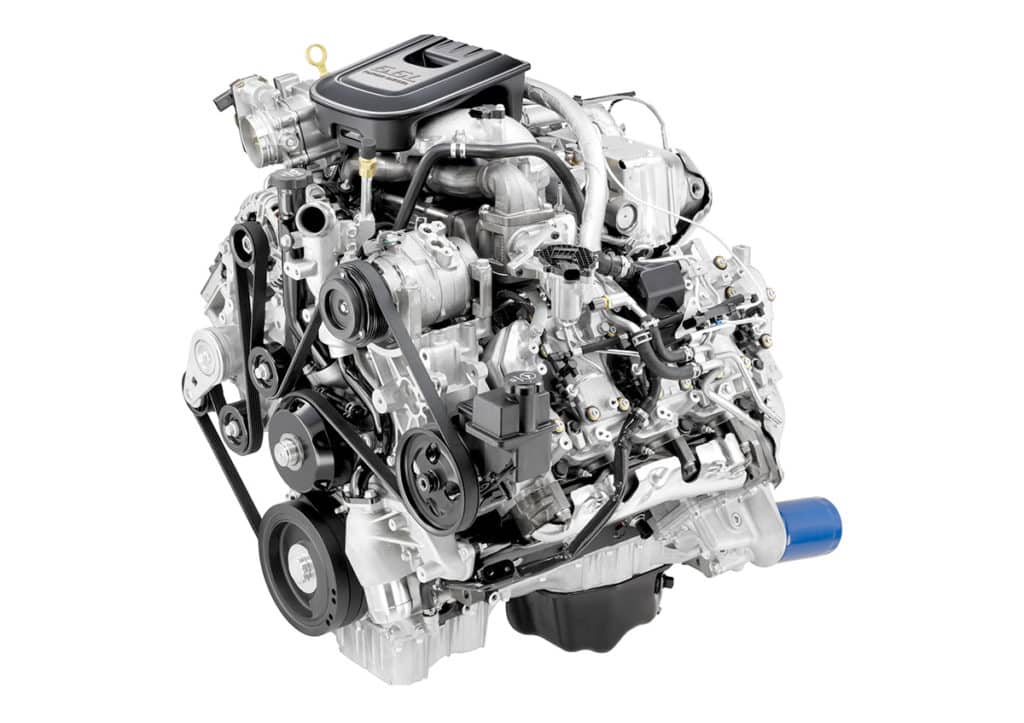
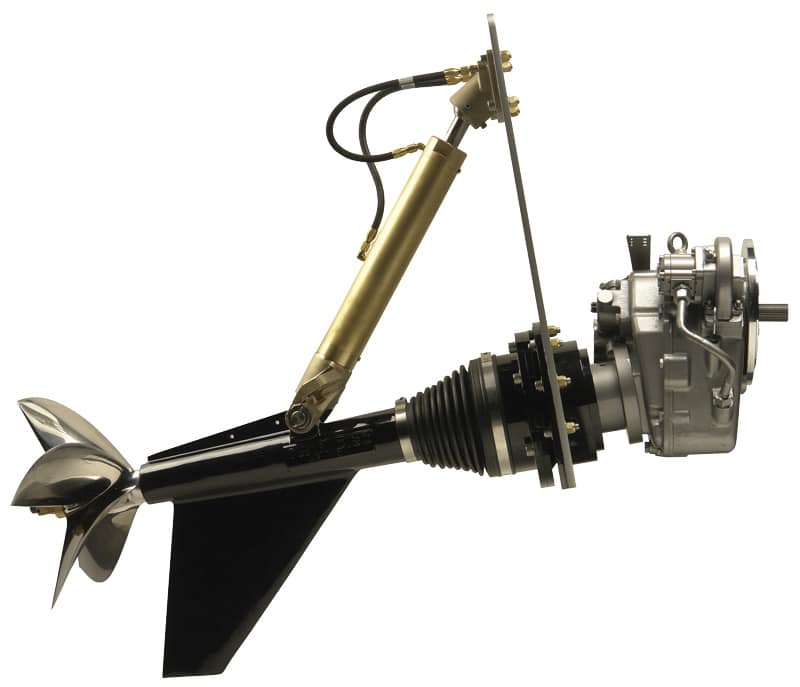
The Equipment
Because the duo might be running without support vessels or aircraft, the boat’s windshield is a custom piece constructed out of bulletproof, laminated acrylic at Lee Aerospace in Wichita, Kansas. Owner Jim Lee owns a Skater 46, Freedom US1, which he takes to poker runs around the country, and he’s a former offshore racer, so he knows how important a strong windshield is to the structural integrity and safety of a performance boat like this new Skater.
This windshield also incorporates a special gold coating that can be heated and would mitigate icing while running in cold climates. That windshield de-icing feature could prove most useful for a boat that might be attempting to set records while plying the Southern Ocean or navigating the Northwest Passage.
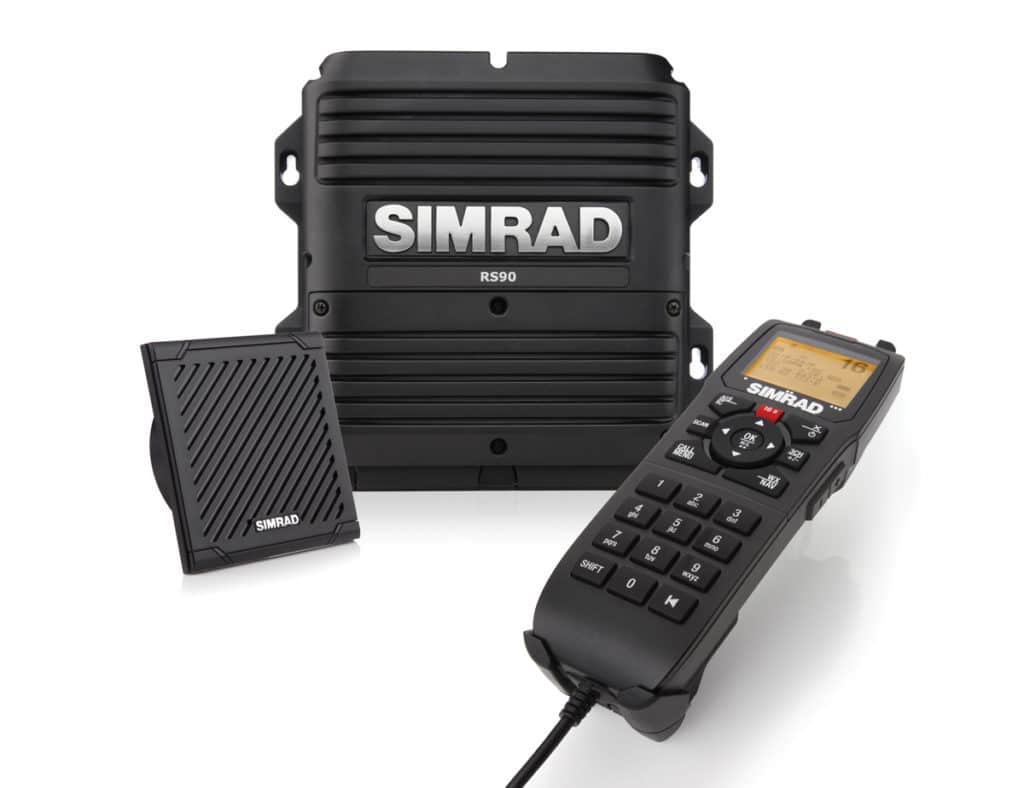

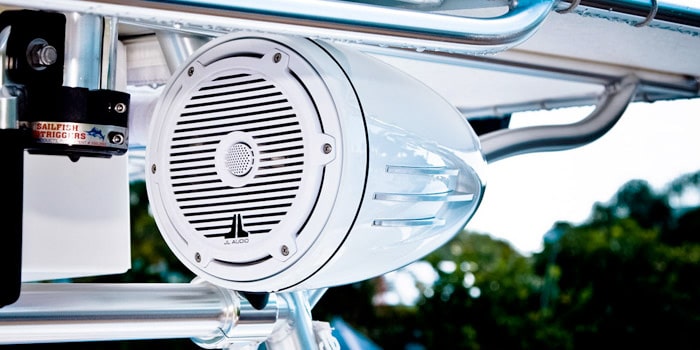
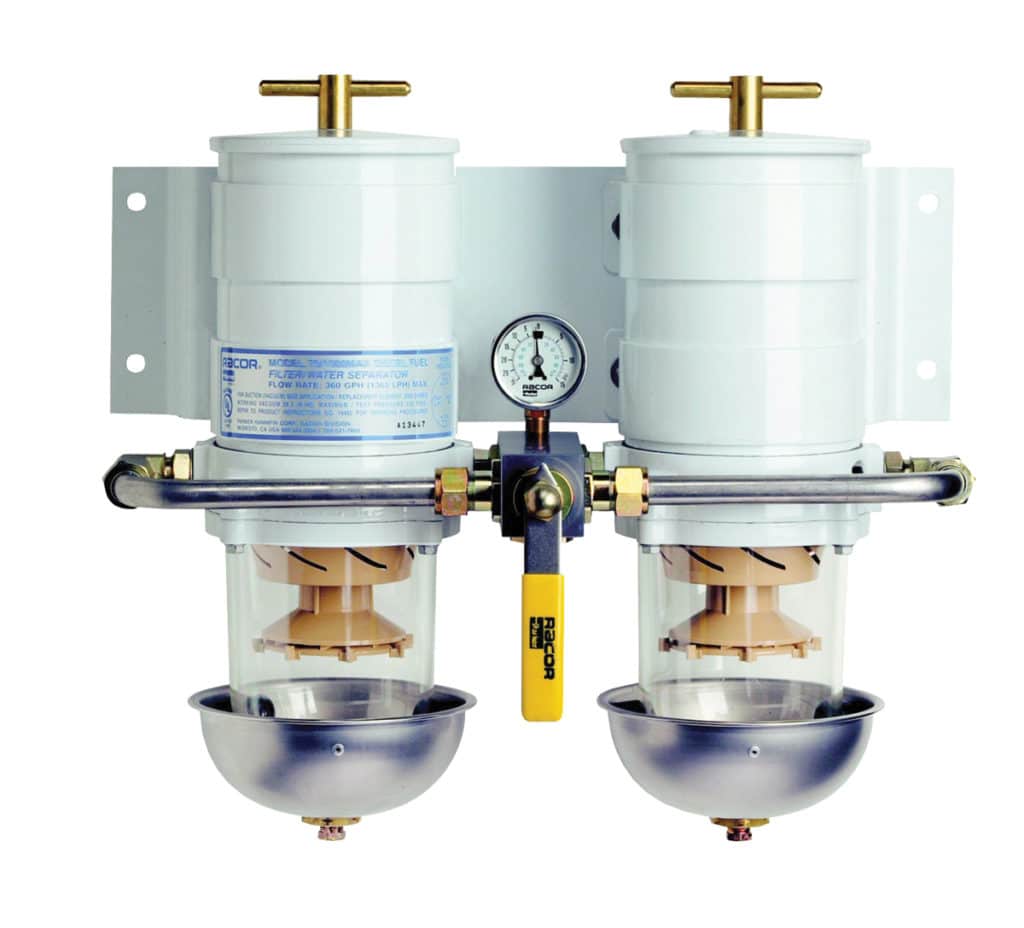
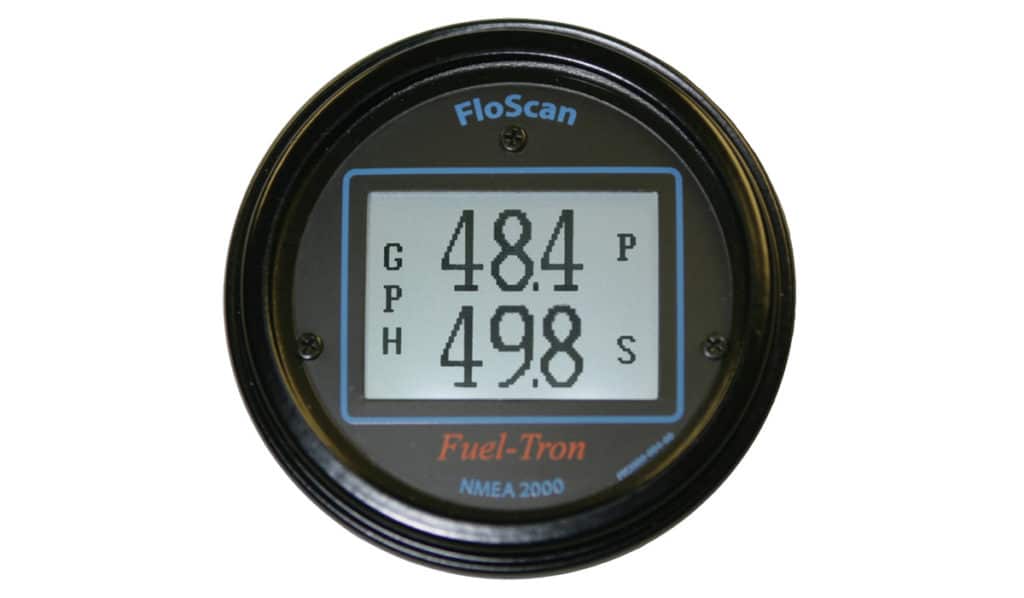
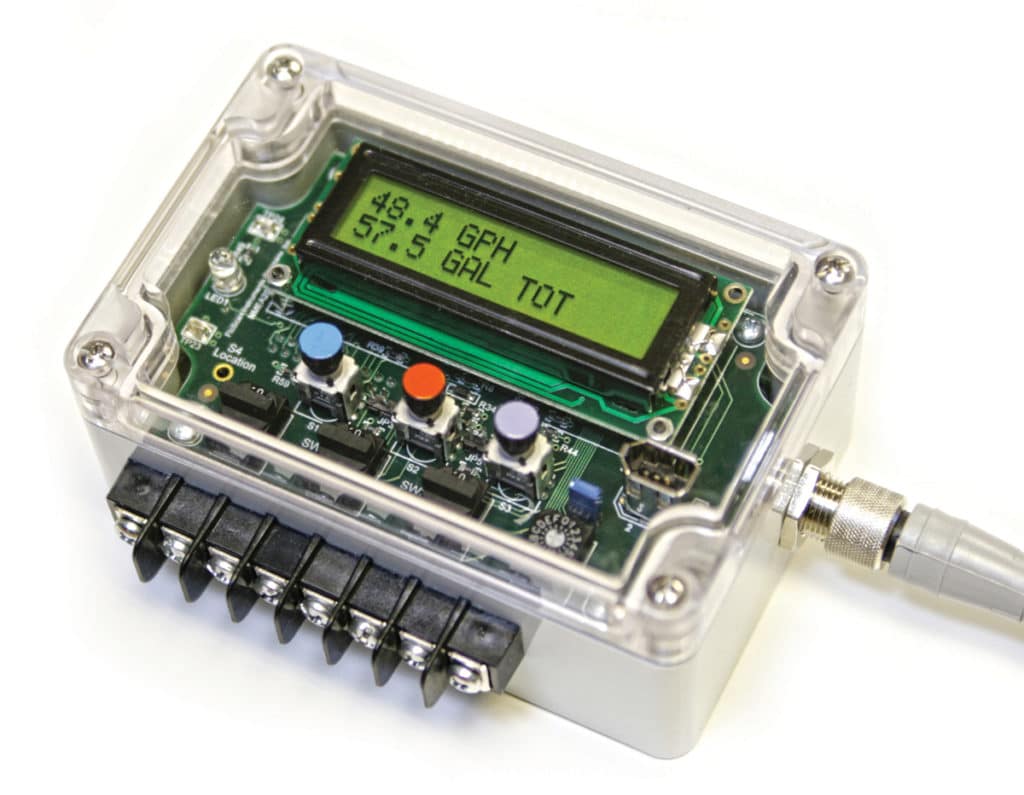
In addition to the suspension seats and extra fuel capacity, the 50-foot catamaran will have streaming video capability, designed by a company named Digigone, so that fans can watch the team during the record attempt. FloScan is sponsoring the team with its FloNET fuel-flow metering systems so the racers can get the most range out of the boat. Racor is another sponsor, providing duplex fuel filters to ensure the engine fuel supply is never interrupted during the long-distance record attempt. To keep the boat on course, Simrad is providing one MO19-T, two MO16-T and two NSS12 monitors plus a cutting-edge integrated navigation system that will include 4G radar, GPS, AIS and communications equipment including VHF radios, plus all supporting components. Engine instrumentation will be integrated into the Simrad system. Last but not least, for a little wow factor, when the boat pulls up to a dock Garvin can hit a button and fenders will pop out and inflate.
If you happen to be at a destination when he and Fertig arrive, don’t ask the typical question. Be original and ask, “Hey, how far can it go?”

Heartland Express
Minneapolis to New Orleans
50:21:00
Michael Ward
James Boonstra
Terry Stephenitch
Baretta Phaser 230, Mercury Assault the Inside Passage
Ketchikan, Alaska, to Seattle
11:42:50
Kurt Willows
Skater, Mercury Bermuda Challenge
New York to Bermuda
15:48:00
Chris Fertig and Tyson Garvin
Skater 399, Cummins/Arneson Trans-Atlantic
New York to England
62:07:47
Tom Gentry
Vospers, MTU Turbine Tim Bower









